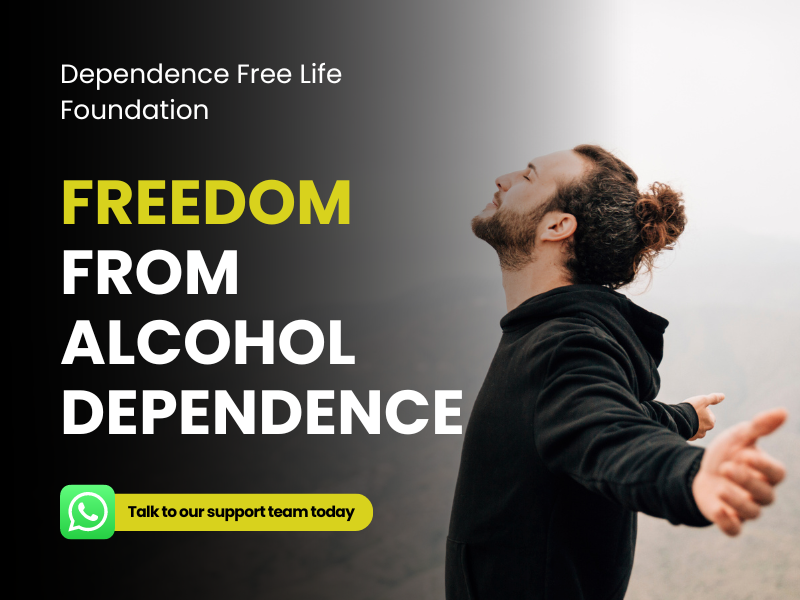



Breathing in other people's smoke can cause cancer. Second-hand smoke can increase a non-smoker's risk of getting lung cancer by a quarter, and may also increase the risk of cancers of the larynx (voice box) and pharynx (upper throat).
Second-hand smoke can cause other health problems too, including heart disease, stroke and breathing problems.
India recently released its Global Adult Tobacco Survey (GATS), which found that despite a ban on public smoking -- about five in 10 adults (52.3%) were exposed to SHS at home and 29% at public places -- mainly in public transport and restaurants.
For more information about the evidence that links second-hand smoke to cancer, go to our How do we know section.
Second-hand smoke is particularly dangerous for children because their bodies are still developing. Smoking when you are with your children can increase their risk of cot death, glue ear, respiratory illnesses such as asthma and chest infections, and possibly cancer later on in life.
Second-hand smoke is killing six lakhs people annually, including 1.65 lakh children before they reach their fifth birthday.
There are two types of tobacco smoke:
Second-hand smoke consists mainly of sidestream smoke, which is about four times more toxic than mainstream smoke, although people inhale it in a more diluted form. This is because sidestream smoke contains much higher levels of many of the poisons and cancer-causing chemicals in cigarettes, including:
Smoking in India is prohibited in public since 2 October 2008 under Prohibition of Smoking in Public Places Rules, 2008 and Cigarettes and Other Tobacco Products (Prohibition of Advertisement and Regulation of Trade and Commerce, Production, Supply and Distribution) Act, 2003. The nationwide smoke-free law pertains only to public places. Places where smoking is restricted include auditoriums, movie theatres, hospitals, public transport (aircraft, buses, trains, metros, monorails, taxis,) and their related facilities (airports, bus stands/stations, railway stations), restaurants, hotels, bars, pubs, amusement centres, offices (government and private), libraries, courts, post offices, markets, shopping malls, canteens, refreshment rooms, banquet halls, discothèques, coffee houses, educational institutions and parks.
Anybody violating this law will be charged with a fine of INR200. The sale of tobacco products within 100 yards of educational institutions is also prohibited. However, this particular rule is seldom enforced.
Copyright © 2025 Dependence free life | Designed and Developed by Exavibes